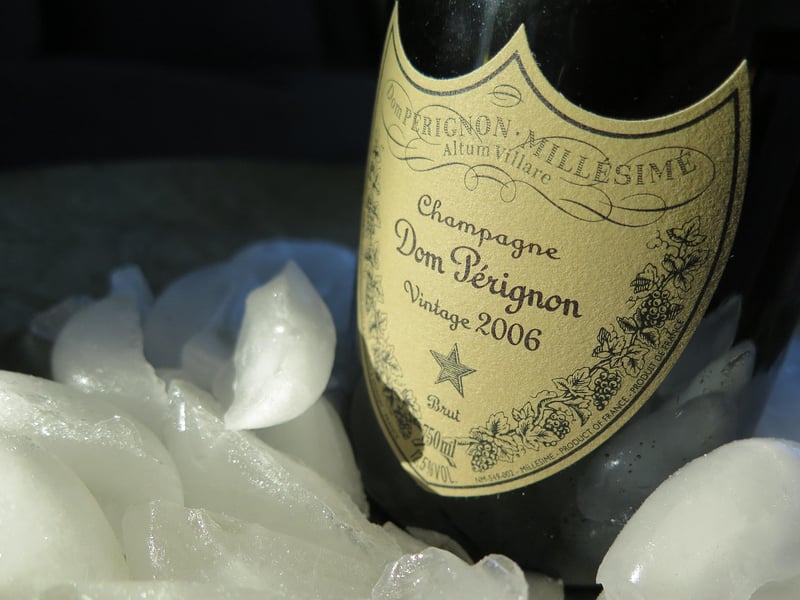Timeline Etiquette
Mastering Time Jumps + Timeline Etiquette

Time jumps in storytelling can be a powerful tool when used effectively. They allow for non-linear narratives, character development, and plot twists that keep audiences engaged. However, mastering time jumps requires skill and finesse to ensure that the story remains coherent and engaging.
Understanding Time Jumps
Time jumps refer to shifts in the timeline of a story, where events are portrayed out of chronological order. These jumps can be forward (flash-forwards) or backward (flashbacks) and are used to provide context, reveal information, or create suspense.
Tips for Mastering Time Jumps
- Plan ahead: Outline the timeline of your story to ensure that time jumps are strategically placed and serve a purpose.
- Provide context: Clearly signal to the audience when a time jump is occurring to avoid confusion.
- Develop characters: Use time jumps to explore characters' pasts, motivations, and growth throughout the story.
- Maintain consistency: Ensure that the timeline remains coherent and that time jumps enhance the narrative rather than disrupt it.
- Seek feedback: Have others review your use of time jumps to gauge their effectiveness and clarity.

Timeline Etiquette
When working with time jumps, it's essential to consider timeline etiquette to enhance the audience's experience and avoid confusion.
Key Points to Remember:
- Clearly label time shifts: Use on-screen text, visual cues, or changes in music to indicate a change in the timeline.
- Avoid excessive jumps: While time jumps can add depth to a story, overusing them can lead to disorientation and detachment from the plot.
- Connect the dots: Ensure that viewers can follow the timeline and understand how events relate to each other.
- Stay true to characters: Use time jumps to reveal new facets of characters while maintaining consistency with their established traits.
Mastering time jumps and adhering to timeline etiquette can elevate your storytelling and captivate your audience. By employing these techniques thoughtfully, you can create a narrative that is engaging, compelling, and memorable.
